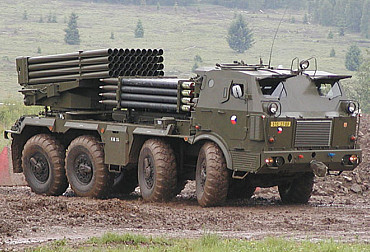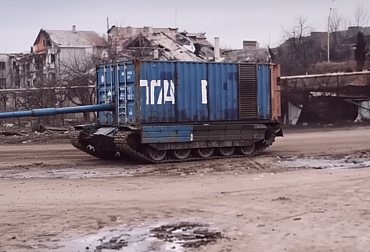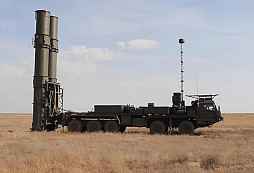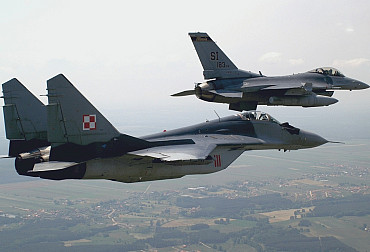Modern bridge systems for the Army of the Czech Republic are an essential support for the newly introduced equipment
The Czech Army is currently undergoing a major rearmament process, which mainly concerns the ground troops, previously largely neglected. It has already acquired all 14 German Leopard 2A4 tanks, expects delivery of the first of 246 CV90 infantry fighting vehicles in 2026, and the first new Leopard 2A8 tank should arrive in 2027. The intention is to procure a total of 77 Leopard 2A8 armored vehicles and their specialized derivatives. This equipment will mean a huge qualitative shift for the Czech Army, allowing it to reach the level of advanced NATO countries and finally get rid of Soviet-era equipment. However, this will bring new challenges, as the new combat vehicles are significantly heavier than those of Soviet design, necessitating a virtually complete replacement of support equipment. Therefore, the Czech Army will undoubtedly also include new types of bridge systems.
Video: Presentation of Leguan bridge systems on Leopard 2 and Tatra 10x10 tank chassis / CZ DEFENCE
It should be stressed that the higher weight of the new tracked armored platforms should not be considered a disadvantage, as most of the weight difference is due to the armor protection of the crew. This factor has long been prioritized in Western design, while the Soviet approach emphasizes a small vehicle silhouette to be a more difficult target to detect and hit. However, the war in Ukraine proves that the Soviet concept is outdated. Optical and other sensors have reached such a qualitative level that reliance on a small vehicle silhouette is meaningless, as a tank or other armored vehicle will be spotted regardless of its size. This is especially true given the deployment of numerous unmanned vehicles, leading to a so-called "see-through" battlefield.
Armored protection of the crew becomes even more important, as demonstrated by the experience in Ukraine. Soviet-design tanks and armored vehicles have proved obsolete, as armor penetration usually results in a secondary explosion of ammunition, causing total destruction of the vehicle and killing the crew. In contrast, Western vehicles offer dramatically higher resistance. They are not indestructible, but the emphasis on protecting the lives and health of soldiers means that even if the vehicle is destroyed or severely damaged, the crew has a dramatically higher chance of surviving (and then continuing to fight). The BVP-2 (Czech version of BMP-2) infantry fighting vehicle used by the Czech Army weighs around 14 tonnes, while the Swedish CV90 MkIV weighs around 37 tonnes, providing much better protection.
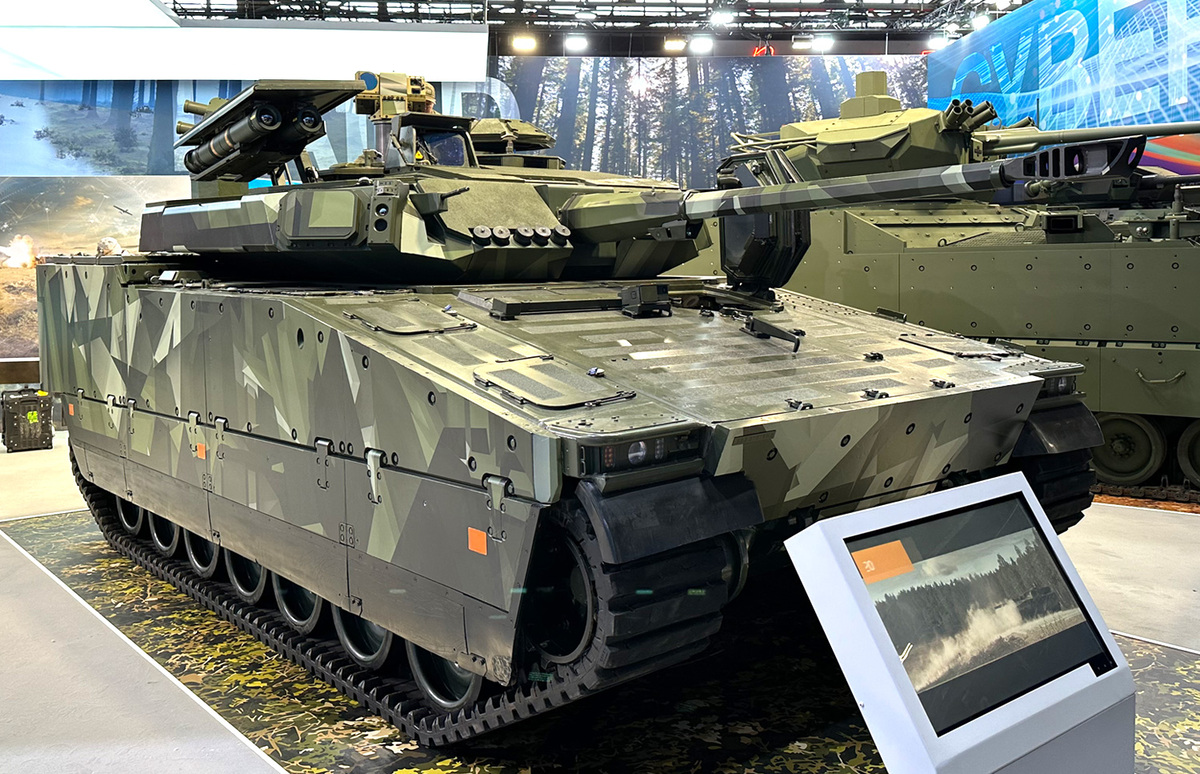
A similar situation applies to tanks. The original T-72M/M1 weighs around 41 tonnes, whereas the modernized T-72M4 CZ of the Czech Army weighs around 48 tonnes. The Leopard 2A4 tanks, from the 1980s and now part of the Czech arsenal, weigh around 55 tonnes, while the prospective Leopard 2A8 version is expected to weigh around 65 to 67 tonnes. This increase can be attributed to improved durability, as the 2A8 variant design will reflect experience from Ukraine. In addition to improved passive armor, the vehicle is expected to receive the Israeli Rafael Trophy active protection system. This will necessitate new support equipment, including bridge vehicles, as current types, while excellent in their time, are no longer suitable.
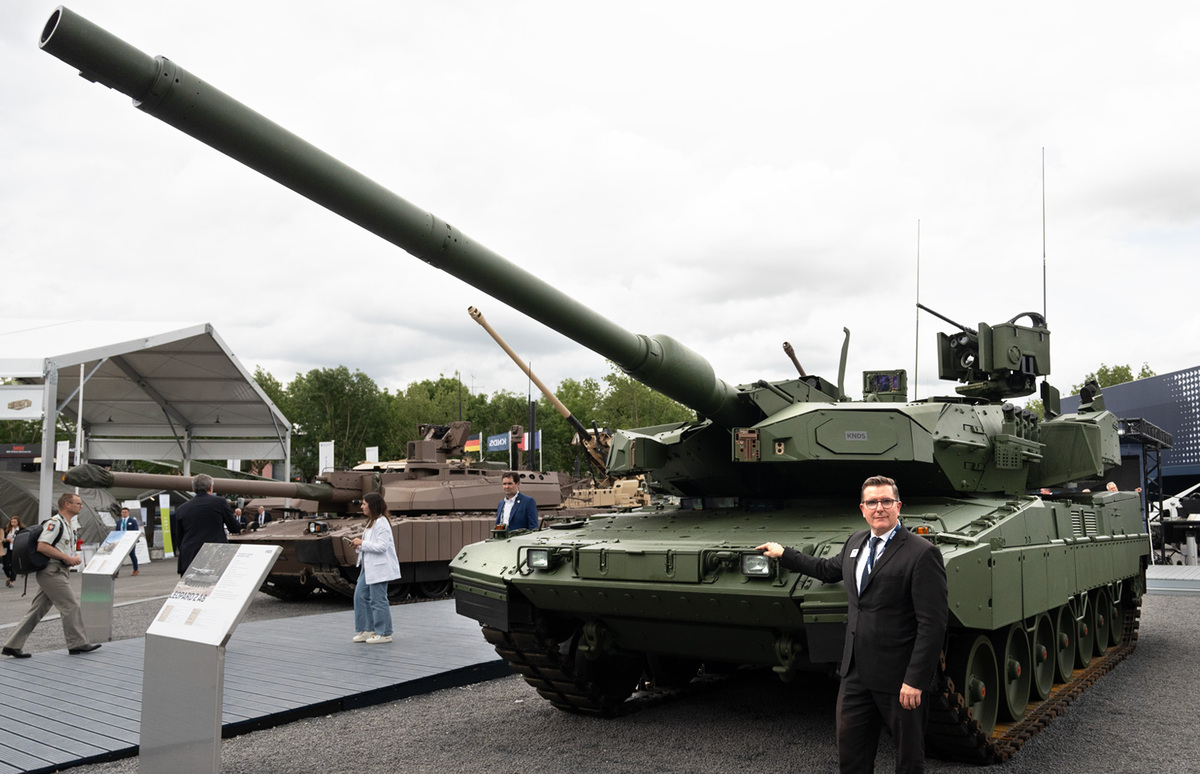
The Army of the Czech Republic still uses AM-50 bridge vehicles on Tatra 813 eight-wheel chassis. Each vehicle carries a scissor-type bridge deck, measuring 13.5 m and with a load capacity of 50 tonnes. These bridges can be interconnected to cross obstacles up to 100 m wide, making the system a world leader at its inception. The improved AM-50 EX variant, on a modern Tatra Force chassis, complies with the MLC 50 alliance standard, handling tracked vehicles weighing 50 short tons (about 45 metric tons). The AM-50 EX could support CV90 MkIV vehicles, or even T-72M4 CZ tanks and other Soviet-design armored vehicles.
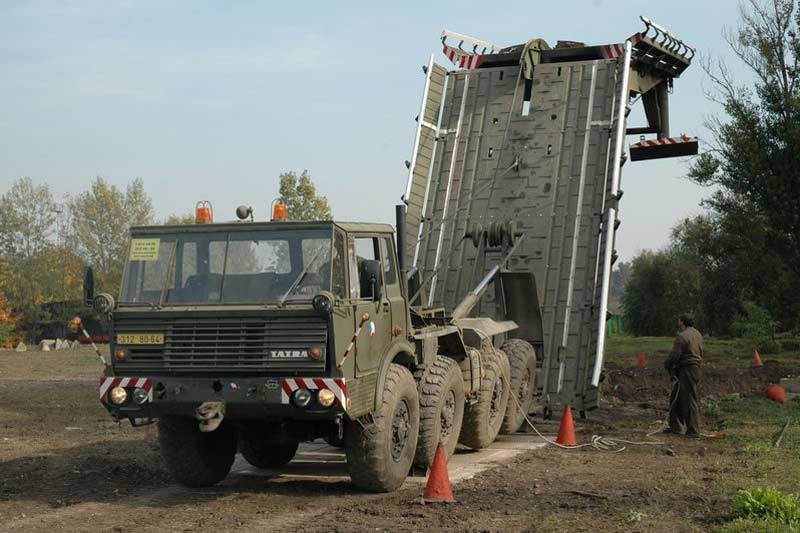
Excalibur Army, creator of the AM-50 EX, also launched the AM-70 EX, a vehicle with a scissor bridge deck and a higher load capacity, corresponding to the MLC 70 standard. It supports tracked vehicles weighing 70 short tons (over 63 metric tons), sufficient for Leopard 2A4 tanks and all Soviet-design vehicles. The AM-70 EX uses the Tatra Force eight-wheel chassis, which can also have an armored cab. It can carry and lay bridge decks from the AM-50 and AM-50 EX systems.
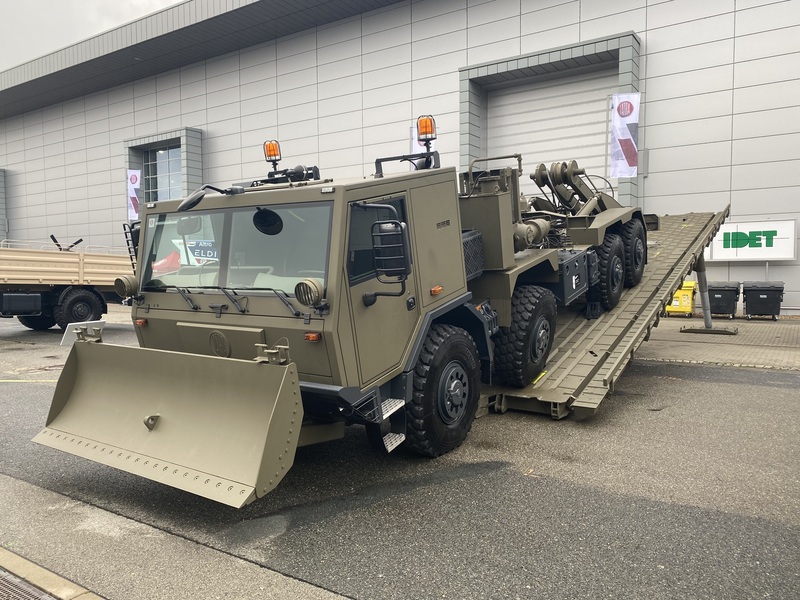
Excalibur Army bridge vehicles may represent a partial or temporary solution to supporting the new tracked armored vehicles in the Czech Army. However, with the intention to include new Leopard 2A8 tanks (and possibly upgrade some 2A4 vehicles), the Czech Army will need more powerful bridge systems. Plans to acquire up to 77 Leopard 2A8 vehicles include several Panzerschnellbrücke Leguan bridge tanks. The Leguan system, successor to the Biber bridge tank on Leopard 1 chassis, can bridge a 24 m obstacle and has a load capacity of 72 metric tons, meeting the MLC 80 standard for tracked vehicles.
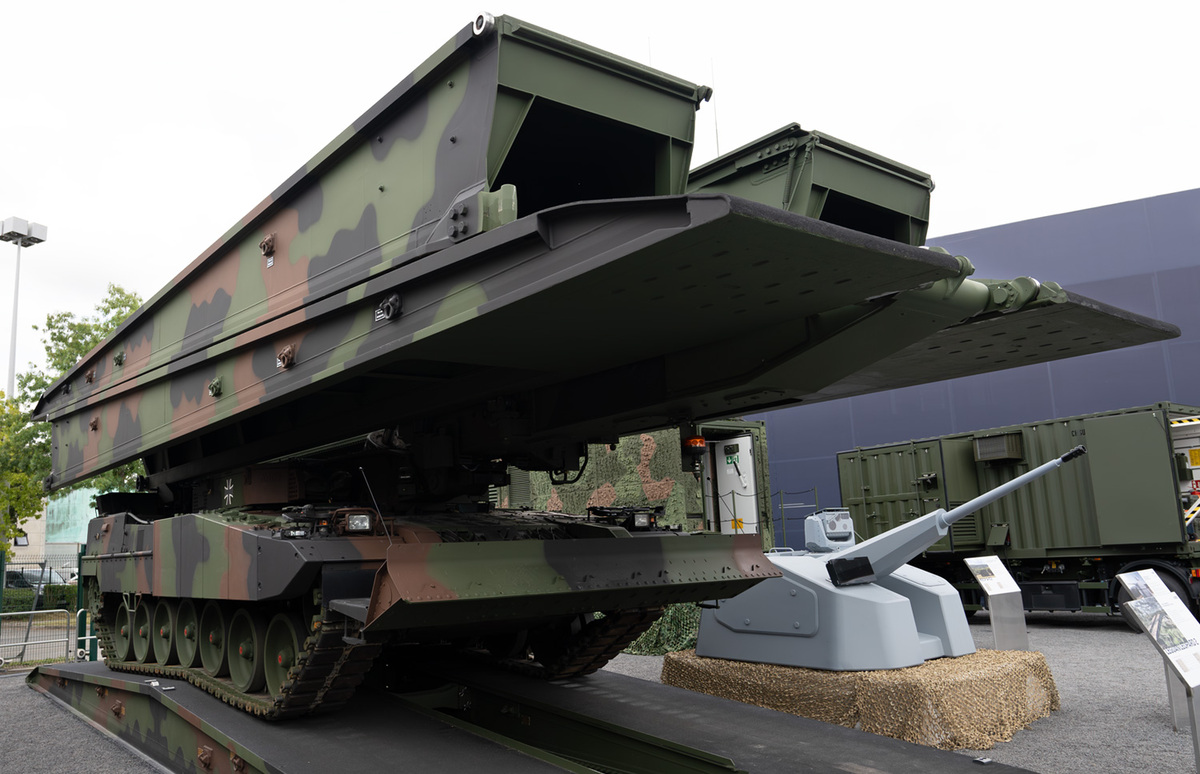
One of the great advantages of the Leguan bridge complex is the possibility of installing it on various platforms. The basic version uses the chassis of the Leopard 2A8 tank, but the Leguan bridge system can also be mounted on other tracked armoured vehicles or on automotive chassis. This has also undoubtedly contributed to the fact that today it is almost a standard NATO bridge system, as it has entered the armament of eleven alliance armies, including the US Army. In European countries, the most common designs are based on the Leopard 2 or even Leopard 1 chassis, whereas the US Army preferred to use its own M1 Abrams tank chassis, resulting in a bridge tank called the M104 Wolverine. Another interesting case is represented by Finland, where part of the Leguan complexes are mounted on Sisu truck chassis, while in Singapore MAN trucks are used in this way. The Czech army could of course use chassis from Kopřivnice, as evidenced by the fact that there is already a prototype Leguan bridge on a Tatra Phoenix chassis, which was presented at the recent Eurosatory 2024 exhibition.
The Leguan bridge system can be installed on various platforms. The basic version uses the Leopard 2A8 chassis, but it can also be mounted on other tracked armored vehicles or automotive chassis. This versatility has made it a standard NATO bridge system, used by eleven alliance armies, including the U.S. Army. In Europe, designs are based on the Leopard 2 or 1 chassis, while the U.S. Army uses its M1 Abrams chassis, resulting in the M104 Wolverine bridge tank. Finland uses Sisu truck chassis, and Singapore uses MAN trucks. The Czech Army could use Czech Tatra chassis, evidenced by the prototype Leguan bridge on a Tatra Phoenix chassis, presented at Eurosatory 2024.
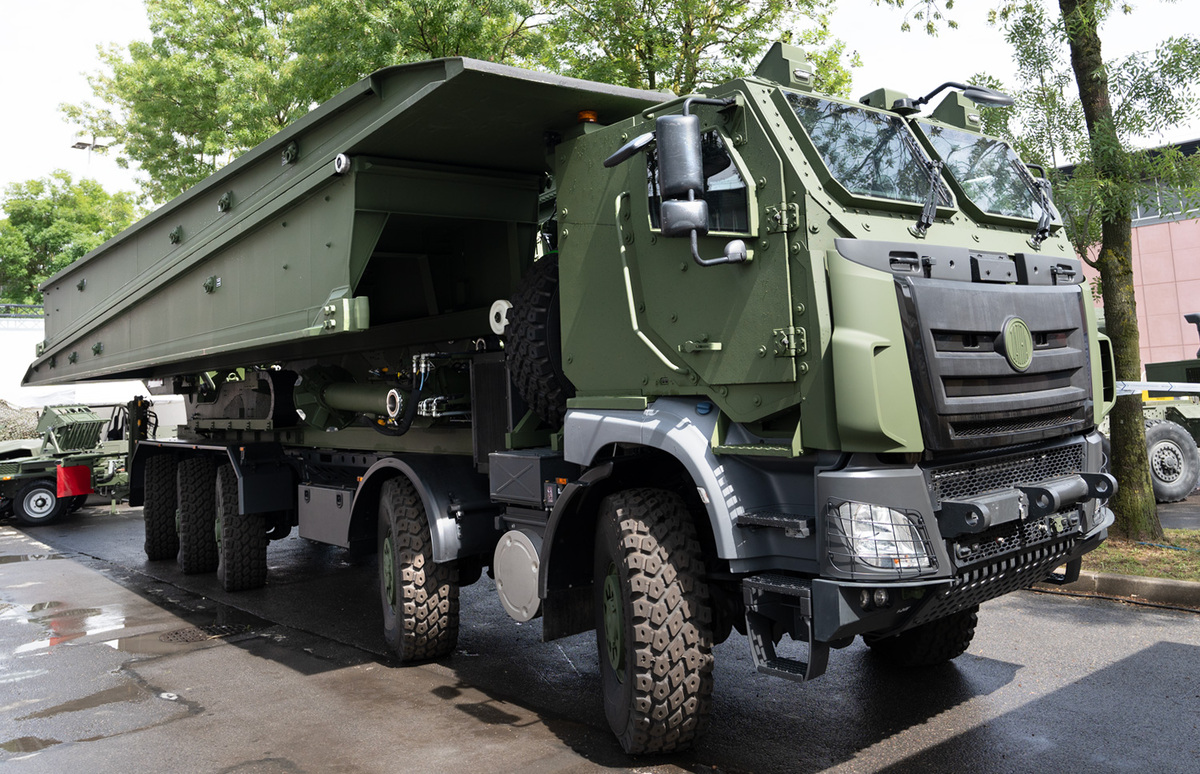
The 10x10 chassis vehicle is powered by a 340 kW Paccar diesel engine meeting the Euro 3 emission standard. It has an armored cab with ballistic and explosive protection per STANAG 4569 Level 3. The vehicle weighs 35 tonnes, reaches a speed of 90 km/h, and has a range of 800 km. It can carry a 26 m standard Leguan bridge (bridging a 24 m obstacle) or a 14 m bridge (bridging a 12 m obstacle). If using the shorter bridge, it can carry two bridges. The longer bridge takes 8 minutes to deploy or reload, while the shorter bridge takes 4 minutes, with the crew protected in the armored cab.
In addition to assault bridges, another important category is pontoon bridges. The Czech Army uses the PMS (pontoon bridge system), excellent in its time, but the Tatra 815 chassis and MLC 60 load capacity (54 tonnes) are now unsuitable for Leopard 2 tanks. However, there is a solution involving Czech industry.
Czechoslovak Group, including Excalibur Army, collaborates with General Dynamics European Land Systems (GDELS), offering bridge systems. GDELS, founded in 1864 (formerly EWK), produces the IRB (Improved Ribbon Bridge) pontoon system, including shore and river pontoon parts, a BEB (Bridge Erection Boat), ISO containers, and optionally a hard road paver. IRB components, designed as pallets for standard hook pallet loaders, can be transported by any truck with adequate hook equipment.
The IRB system can build a bridge up to 100 m long, comprising two bank sections and thirteen river sections, taking no more than 30 minutes. Bridges of any length can be built for one-way or two-way traffic. IRB parts can also construct transport piers. The IRB load capacity meets MLC 80, supporting tracked vehicles up to 72 tonnes. The rigid paving machine can build a 50 m long, 4.5 m wide track. The IRB system is used by several Alliance countries, including the USA and Germany, and Brazil, which uses IRB on Tatra Force chassis.
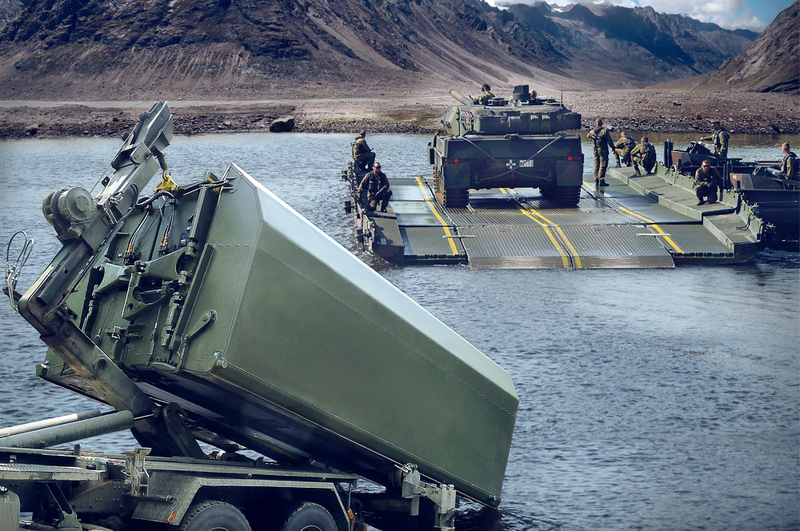
In summary, the introduction of Leopard 2 tanks and CV90 infantry fighting vehicles into the Czech Army means a dramatic qualitative strengthening, especially in terms of crew protection. However, their higher weight compared to Soviet-design technology requires new bridge systems. Partial solutions could include domestic systems like the AM-70 EX, but for Leopard 2A8 tanks, complexes with higher load-bearing capacity like the Leguan series are necessary, already standard in NATO. The IRB pontoon system is also nearing standard status and is a logical successor to the PMS kits in the Czech Army, supplied in a version on Tatra Force chassis, while the Leguan system exists on a Tatra Phoenix chassis. This would be an optimal solution for Czech engineers, who are among the world's best and deserve top technology.
















